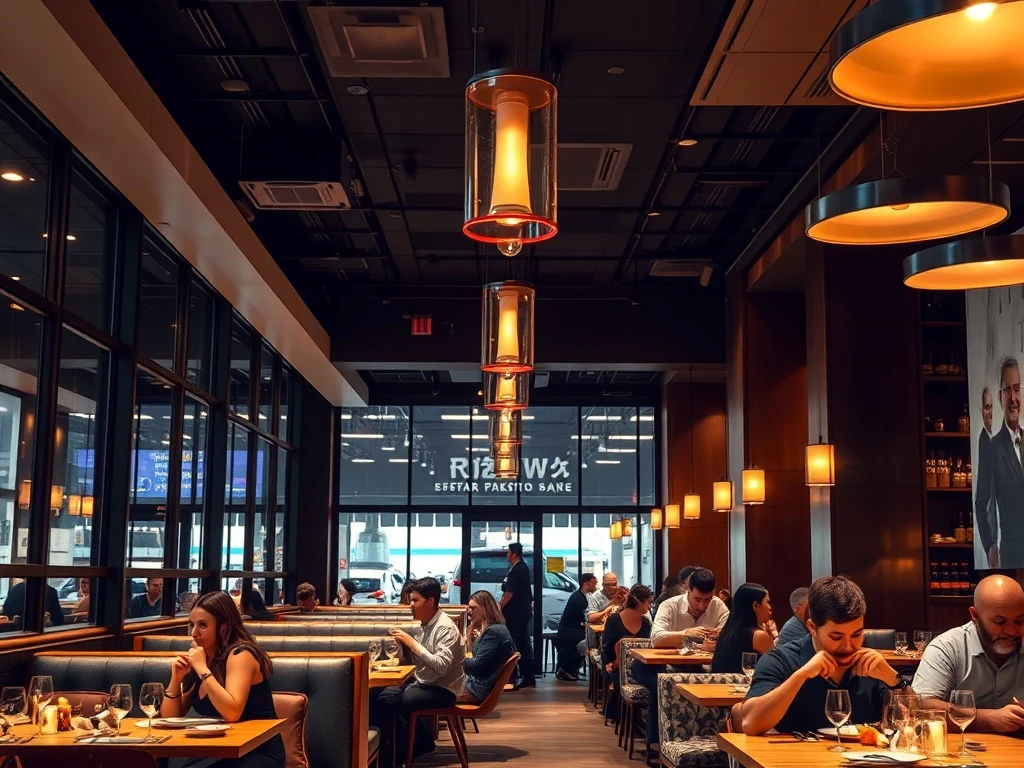Major restaurant chains face unprecedented competition for customer loyalty. Consequently, they’re transforming physical spaces into immersive destinations. This strategic shift focuses entirely on enhancing the in-store experience to drive foot traffic and increase retention rates.
The Evolution of Restaurant Atmosphere
Restaurant chains historically prioritized efficiency over ambiance. However, market dynamics forced a dramatic reevaluation. Today, leading brands invest millions in redesigning their physical environments. They understand that atmosphere directly impacts customer satisfaction and repeat business.
Key Elements of Modern In-Store Experience
Successful restaurant chains implement several critical components:
- Ambient lighting systems that adjust throughout the day
- Customized music playlists matching brand identity
- Ergonomic furniture designed for comfort and social interaction
- Technology integration for seamless ordering and payment
- Localized design elements reflecting community culture
Technology’s Role in Enhanced Dining
Digital innovations transform the traditional restaurant visit. Tabletop tablets enable personalized ordering experiences. Meanwhile, mobile apps allow customers to customize environments before arrival. These technological advancements create more engaging and efficient visits.
Measuring Experience Impact on Revenue
Data analytics reveal clear correlations between ambiance investments and financial performance. Chains tracking customer dwell time report increased average check sizes. Additionally, establishments with superior atmospherics show higher customer retention rates.
Future Trends in Restaurant Design
Forward-thinking chains experiment with modular designs and flexible spaces. They incorporate biophilic elements and sustainable materials. Furthermore, many brands develop multi-sensory experiences beyond visual aesthetics.
FAQs
Why are restaurant chains focusing on in-store experience now?
Increased competition from delivery services and changing consumer expectations force physical locations to offer unique value beyond food quality.
What metrics do chains use to measure experience success?
They track dwell time, repeat visit frequency, social media mentions, and direct customer feedback about atmosphere and comfort.
How much do these renovations typically cost?
Major chain renovations range from $250,000 to $1 million per location, depending on scale and market positioning.
Do these changes affect menu pricing?
While some chains absorb costs, others implement modest price increases justified by enhanced experience value.
How quickly do restaurants see ROI on experience investments?
Most chains report measurable returns within 12-18 months through increased traffic and higher average checks.
Are these strategies effective across all market segments?
While approaches vary by price point, all segments benefit from intentional atmosphere design tailored to their target demographic.


















